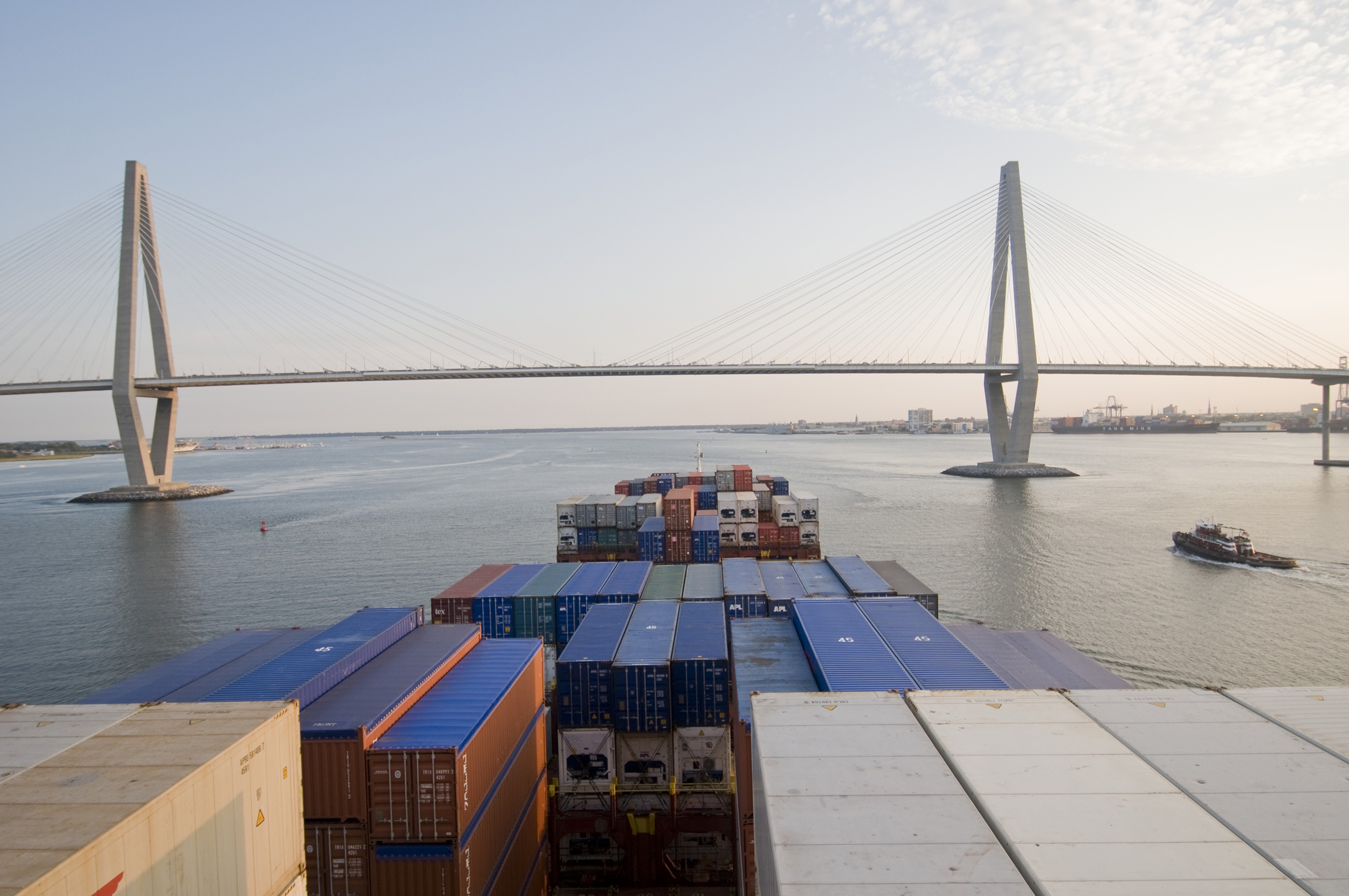
Pharma has been a high value goods business in the last century. Most of the exports were by air. As pharmaceutical margins have decreased and low cost generic volume has increased, some companies have shifted their mode of exports to sea. This shipping alternative to traditional air freight can save companies millions of dollars if planned and executed well.
A recent customer interaction was with a multibillion dollar pharmaceutical company, under an operational cost reduction mandate. We were in discussion with the transportation function to understand the profile of operations. Then a certain number struck us – about four-fifths of the company’s export was by air. The mode optimization appeared as an unexplored goldmine as shipment by sea costs about five to seven times lesser than air. If you are a generics pharma manufacturer exporting a billion dollar worth a year, just consider the magnitude of savings - for every 3% points increase in proportion of exports by sea, you save a million dollars every year.
There are many reasons a company would transport certain products by air – for high value products, Make to Order products with stiff lead times, inventory shortage in destination markets for Make To Stock products, products in the beginning or the end of their lifecycle. However most of the shipments for generic pharma companies do not have the above constraints. The temperature control is far superior in sea shipments with products in controlled temperature in containers. Also reduced emissions by sea will in turn help companies meet their sustainability targets.
The biggest challenge against sea is the smack from sales in case of any loss of sales opportunity. An agreed list of rules for exigencies based on wide parameters and alert system running on an integrated supply chain solution is a must.
With the present crop of integrated supply chain execution solutions with wide real-time visibility, transportation mode optimization has become easier. Sales order integration enables a longer planning horizon, hence enabling mode selection at an order level. An alert for expedition based on multiple parameters through the supply chain, changes the mode to air to avoid any sales loss.
Load forecasting and consolidation planning plays a pivotal role in enabling higher sea shipments. Planned container level load consolidation will enable timely dispatch of containers. Orders where shipments cannot be consolidated to a container level for certain markets due to lack of volume would be marked for air-shipment at planning stage. As per out studies, only 23%* organizations have product forecast translated into transportation requirement forecast broken down by mode and lane.
Exception alerts would ensure timely corrective actions to avoid loss of sales opportunity. As per our studies, only 15%* organizations have alerts captured and routed along a pre-defined workflow and resolution options dynamically proposed to the decision-maker.
The pharma industry as a whole seems to be utilizing sea cargo to move more product. As per IATA, the proportion of air cargo has fallen gradually from 17% in 2000 to 11% in 2013. We may see continuation of this trend with companies pressed for margins in these times of stagnant growth.
*Figures based on overall SAP Benchmarking database, 2013
If you liked this blog, please also read my previous blog “Electronic Tendering is the Future for Logistics Providers"
